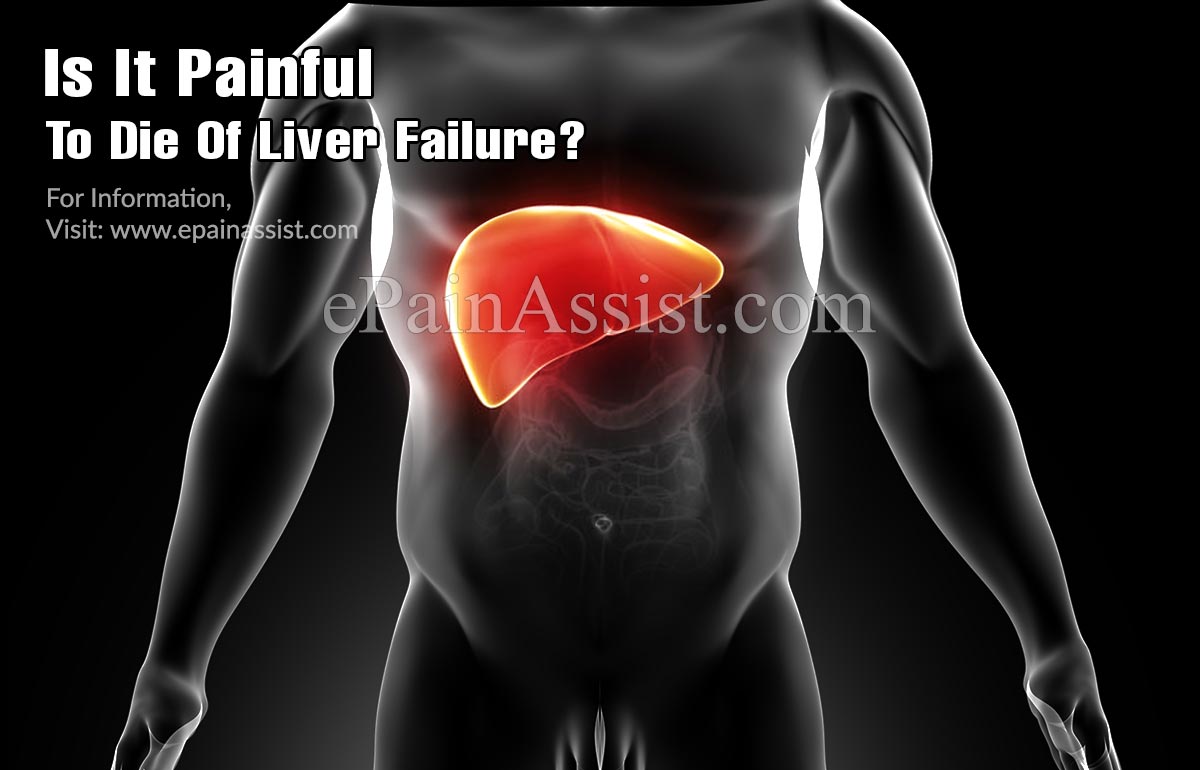Liver is the second largest organ that is situated in the right upper quadrant of the abdomen, below the diaphragm and overlying gallbladder, parts of pancreas and stomach. Liver is a vital organ that helps support nearly every other organ. Liver has over 500 functions in the body and the major functions include digestion by the production of bile (helps in fat digestion), metabolism, detoxification, old RBCs destruction, protein synthesis, regulation of hormones, to name a few. The failure of liver to carry out its functions due to destruction/damage of its cells affects nearly all the organs.
Causes and Symptoms of Liver Failure
Liver failure is a life-threatening medical emergency and requires prompt treatment. Although, liver failure is a slow process and progresses gradually over a course of many years known as chronic liver failure; however, it can also happen over a course of very short time (within 24 to 48 hours) known as acute liver failure.
The causes of chronic liver failure includes hepatitis B, hepatitis C, chronic alcoholism, cirrhosis, malnutrition and/or hemochromatosis.
The causes of acute liver failure include paracetamol overdose, hepatitis A, B or C (mostly in children), allergy reaction to certain prescribed or herbal drugs and/or ingestion of poisonous wild mushrooms.
The symptoms of liver failure include nausea, vomiting, appetite loss, diarrhea, fatigue, jaundice, easy bruising and bleeding, painful edema (swelling)/fluid buildup of abdomen (ascites) and lower extremities, varicose veins in the lower esophagus and abdomen, splenomegaly, gallstones, hepatocellular carcinoma, hepatic encephalopathy (mental confusion and disorientation), somnolence and/or coma.
Diagnosis and Treatment
Liver failure is hard to diagnose with only the symptoms as these symptoms overlap other diseases. The definitive diagnosis of liver failure includes physical examination along with liver function tests (LFTs) through a blood sample that determine the proper functioning of the liver. LFTs include ALT (Alanine Aminotransferase), AST (Aspartate Aminotransferase), alkaline phosphatase, bilirubin, albumin and ammonia, which are usually abnormal in liver failure and will show the functional deterioration of the liver.
Other blood tests can also be done to find out the exact cause of liver failure such as hepatitis A, hepatitis B, hepatitis C, prothrombin time (PT) and partial thromboplastin time (PTT). Liver imaging is also done, which include ultrasound, CT scan, radioactive liver and spleen scan, and liver biopsy. All the above tests help in diagnosing the exact cause of liver failure.
The final treatment of liver failure is ultimately liver transplantation. However, the patient is hospitalized and given supportive care depending on the cause of liver failure, such as sometimes paracetamol poisoning can be reversed if prompt treatment is given and also in the case of viral etiology supportive care can help in recovery of liver. If supportive care is unresponsive then liver transplant is the only option.
It is better to prevent these conditions wherever possible such as abstaining from alcohol in chronic alcoholism, getting vaccinations for hepatitis, refraining from drug abuse and eating a healthy diet, to name a few.

Is It Painful To Die Of Liver Failure?
Liver is a vital organ in clearing up metabolites from the blood stream that are toxic to the body. With the loss/deterioration of liver function, these metabolites do not get eliminated from the body and lead to suppression of brain activity. Due to this the cognition and pain perception are reduced, thus leading to reduced sensitivity to pain in liver failure patients. Patients also experience itching due to elevated levels of bilirubin and causes yellowing of the skin and eyes. This is treated with anti-histamines and sedatives. The failing liver is unable to metabolize these drugs too, hence the patient experiences less pain/agitation/itching. With liver failure, there is increased sedation and sleepiness; with the progression of liver failure, there is an increase in drowsiness and finally the patient slips into coma. Thus, dying of liver failure is painless for the patient as well as the relatives of the patient who do not have to see them suffer from pain.
Also Read:
- What is Acute Liver Failure & How is it Treated?
- What is a Liver Abscess & How is it Treated?
- How Do I Take Care of My Kidneys and Liver?
- Which Vitamins Are Good For The Liver and Kidneys?
- 5 Natural Ways to Cleanse Your Liver and Kidneys
- What is Liver Fibrosis: Stages, Causes, Symptoms, Treatment, Diagnosis
- Types of Liver Infection: Viral and Non-Viral Liver Infection
- 11 Signs & Symptoms of Liver Damage
- How Do You Know If Your Liver Is Failing?
